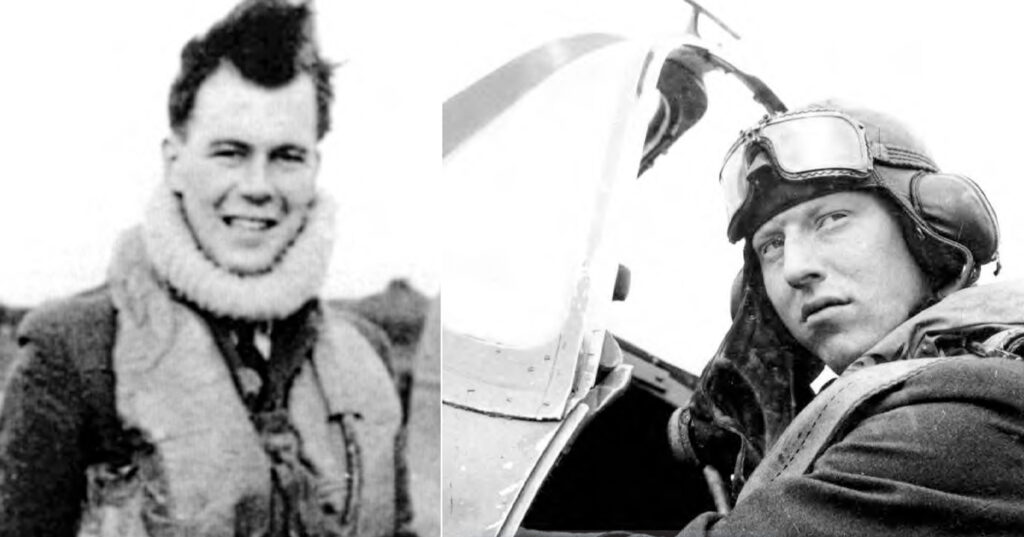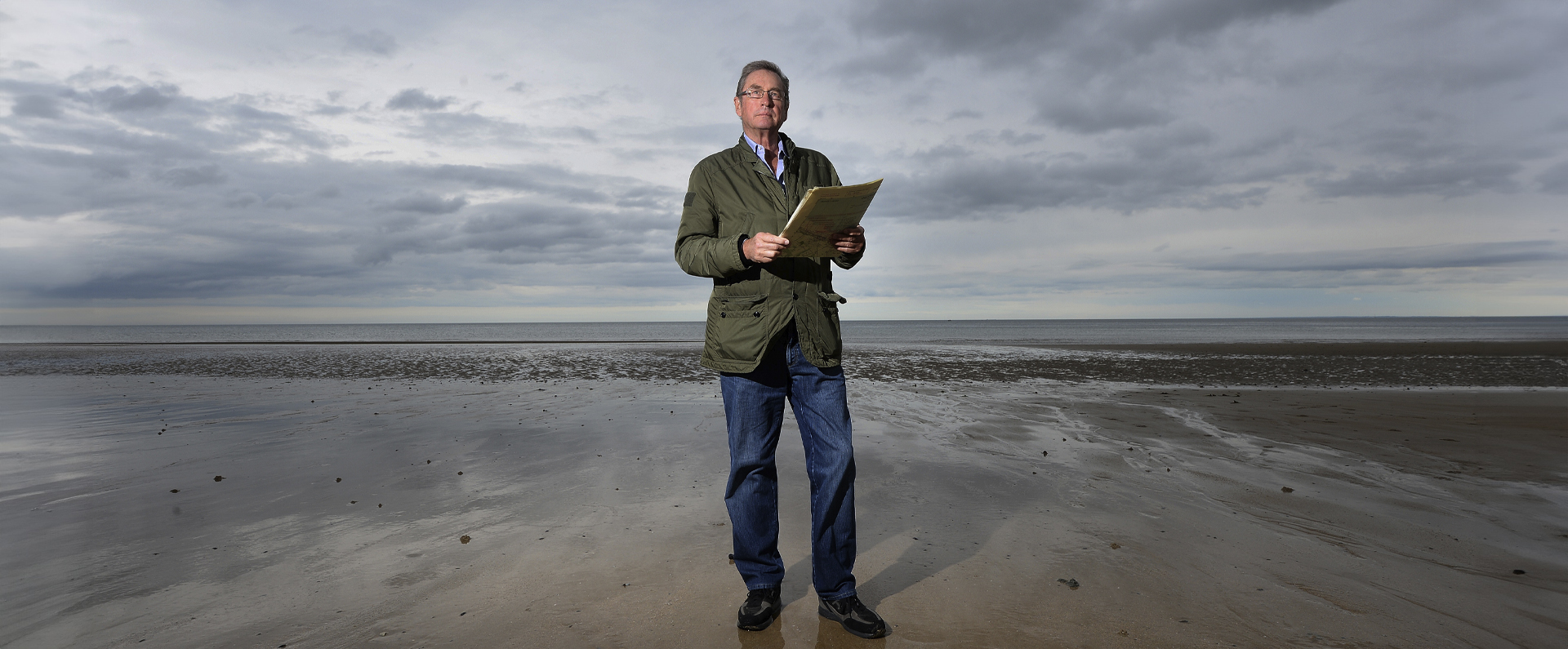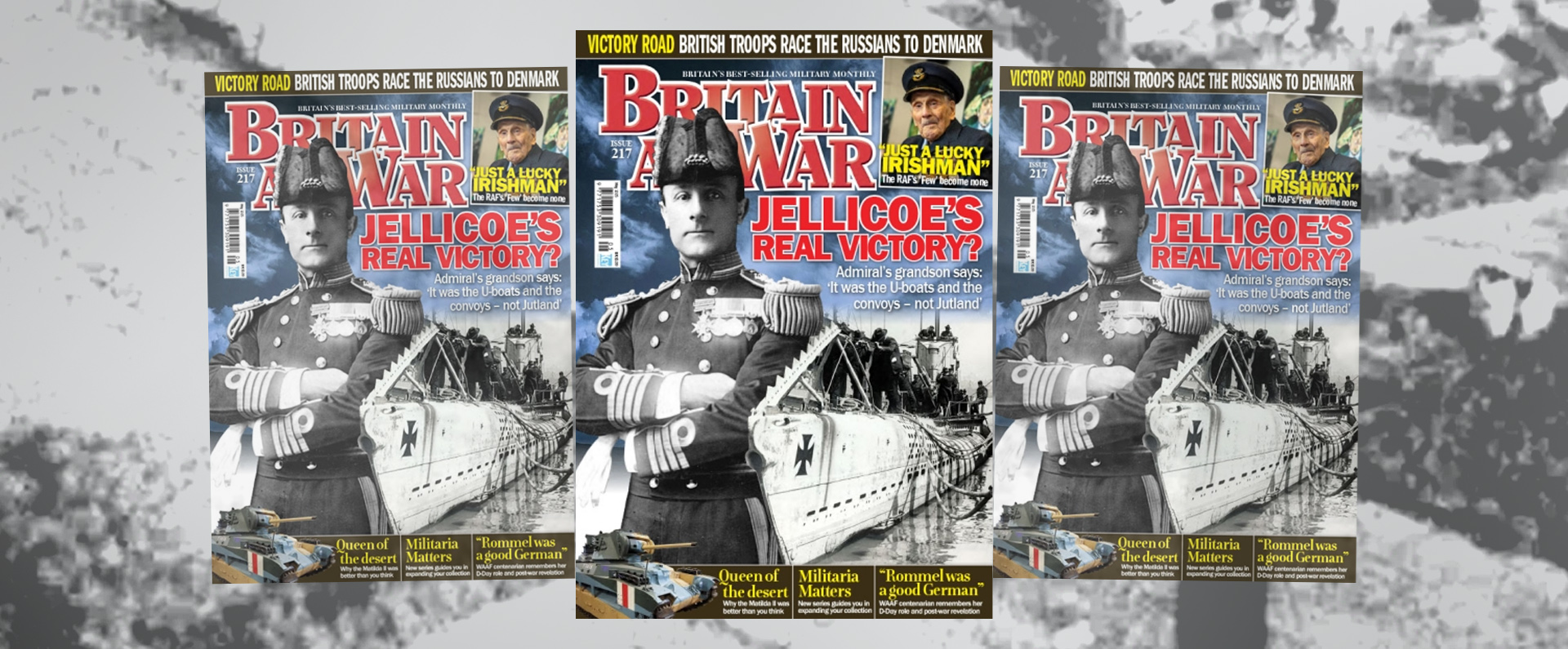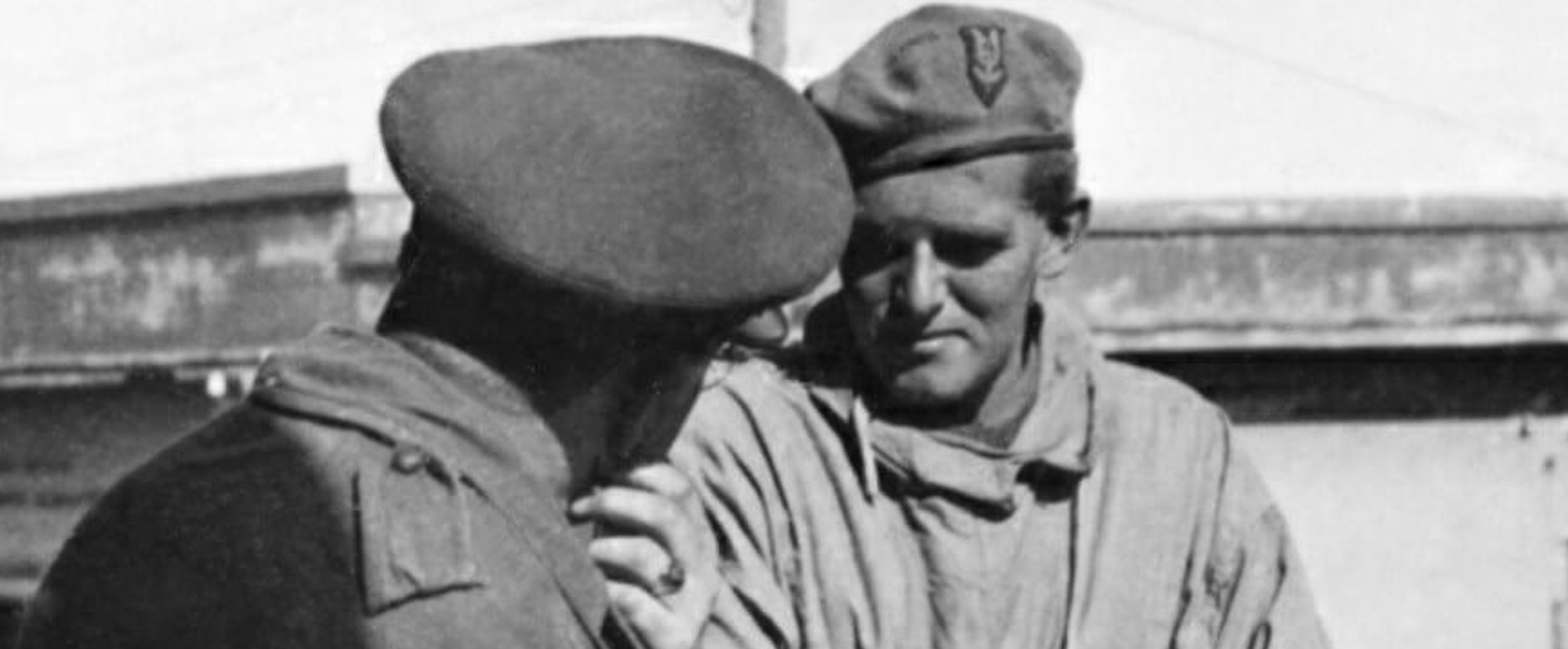
Published in Aviation Classics on 28 November 2012.
Pilot Officer George Gribble
Sergeant James “Ginger” Lacey
I have had a half-century-long interest in bravery in general, and gallantry medals in particular. I collect decorations awarded to British, Commonwealth and occasionally other Allied servicemen. Yet, as I write in my new book Heroes of the Skies, for me the concept of bravery is not, and never will be, limited to just one side in a battle or conflict.
German pilots, including those flying the famous Messerschmitt Bf 109s faced similar trials and tribulations in the air to their British and Allied counterparts, and repeatedly showed outstanding courage in combat. However, my new book tells the stories of those men who flew against the Bf 109 pilots. Here are two excerpts from Heroes of the Skies…
PILOT OFFICER (LATER FLIGHT LIEUTENANT) GEORGE GRIBBLE DFC
George Gribble served with 54 Squadron and, as a pilot officer, flew Spitfires during the Battle of Britain when he was in constant combat with Bf 109s.
On May 24, 1940, Gribble and his squadron were involved in a heavy combat with the Luftwaffe over the Dunkirk-Calais sector. Gribble destroyed a Bf 109 after firing 1700 rounds from a range of 250 yards. He later recalled: “I saw my tracer crossing into his aircraft while he was on his back. He just fell into the ground…” However, Gribble’s Spitfire was badly damaged the following day when his squadron was jumped by about a dozen Bf 109s. Gribble carried out a forced landing on a beach near Dunkirk where he removed his radio equipment from the cockpit before finding passage home on a steamer bound for Dover.
Gribble’s DFC was announced on August 13, 1940, when his citation stated: “Pilot Officer Gribble has led his section, and recently his flight, in a courageous and determined manner… this officer has personally destroyed three Messerschmitt 109s, and damaged many others.”
On August 16, Gribble damaged a Bf 109 east of RAF Hornchurch, Essex. “I managed to get in a long burst (10 seconds), opening at 300 yards and closing to 200 yards range. Smoke began to pour out of the machine and it went into a dive,” he wrote. Two days later Gribble acted as blue leader in ‘B’ Flight, and destroyed another Bf 109.
By early November 1940, Gribble’s confirmed score stood at six and one shared enemy aircraft destroyed. However, while on a bomber escort sortie on June 4, 1941, Gribble was seen leading his section against two Bf 109s when his Spitfire was suddenly ‘bounced’ by further enemy fighters.
Gribble was heard to say over his radio: “Engine cut, baling out.” A fellow pilot saw his parachute going down into the sea, some 12 miles off the English coast. Boats quickly reached the spot where Gribble hit the water but the pilot could not be found and he was presumed dead, just two weeks before his 22nd birthday.
In a letter to Gribble’s mother dated June 9, the squadron’s CO wrote: “George was an exceptional pilot and leader and also a very keen officer. He was also very entertaining in the mess and most loved by all of us. The whole squadron will miss a very gallant and brave gentleman for a very long time to come…”
SERGEANT (LATER SQUADRON LEADER) JAMES LACEY DFM AND BAR
James ‘Ginger’ Lacey was quite simply one of the greatest fighter aces of the Second World War, including being the second highest scoring British fighter pilot of the Battle of Britain. By the end of the war, he was credited with 28 enemy aircraft destroyed, five ‘probables’ and nine damaged. Many of Lacey’s most memorable dogfights during the Battle of Britain were with pilots of Bf 109s.
While based in Le Mans and serving as a sergeant with 501 (County of Gloucester) Squadron, Lacey had a close call after a combat with a Bf 109 over Le Mans on June 9, 1940, when, after a forced landing, his aircraft was thrown on to its back. As blood streamed down his face from a cut, water and petrol fumes filled the cockpit. Lacey managed to kick out the Perspex canopy. However, overwhelmed by fumes he passed out, still in the cockpit, but he was saved by French peasants who cut him free and took him for medical treatment.
However, he enjoyed better luck on July 20, 1940, when his squadron was scrambled and ordered to defend a convoy off Jersey. After flying out over Portland Bill, they saw a horde of Junkers Ju 87 bombers, with Messerschmitt escorts, and went into battle. After Lacey spotted a Bf 109 turn towards him, he broke hard and, after several decreasing inward turns, put a burst into the fuselage. He then followed the stricken aircraft down to finish it off.
Next he successfully engaged a Bf 109 which was crossing his path at 90º. As Lacey turned for a second attack, he saw that Flying Officer ‘Pan’ Cox was on the enemy’s tail, finishing it off. Lacey put in no claim for the second ‘kill’ allowing his comrade his first victory.
Lacey was awarded the DFM in August 1940 and a bar to his decoration in November of the same year. He survived the war and, after becoming a flying instructor, he was appointed in 1968 as a technical adviser on the film, Battle of Britain. Lacey died on May 30, 1989, aged 72.
Download a PDF of the original Aviation Classics article
For more information, visit:
LordAshcroftOnBravery.com


